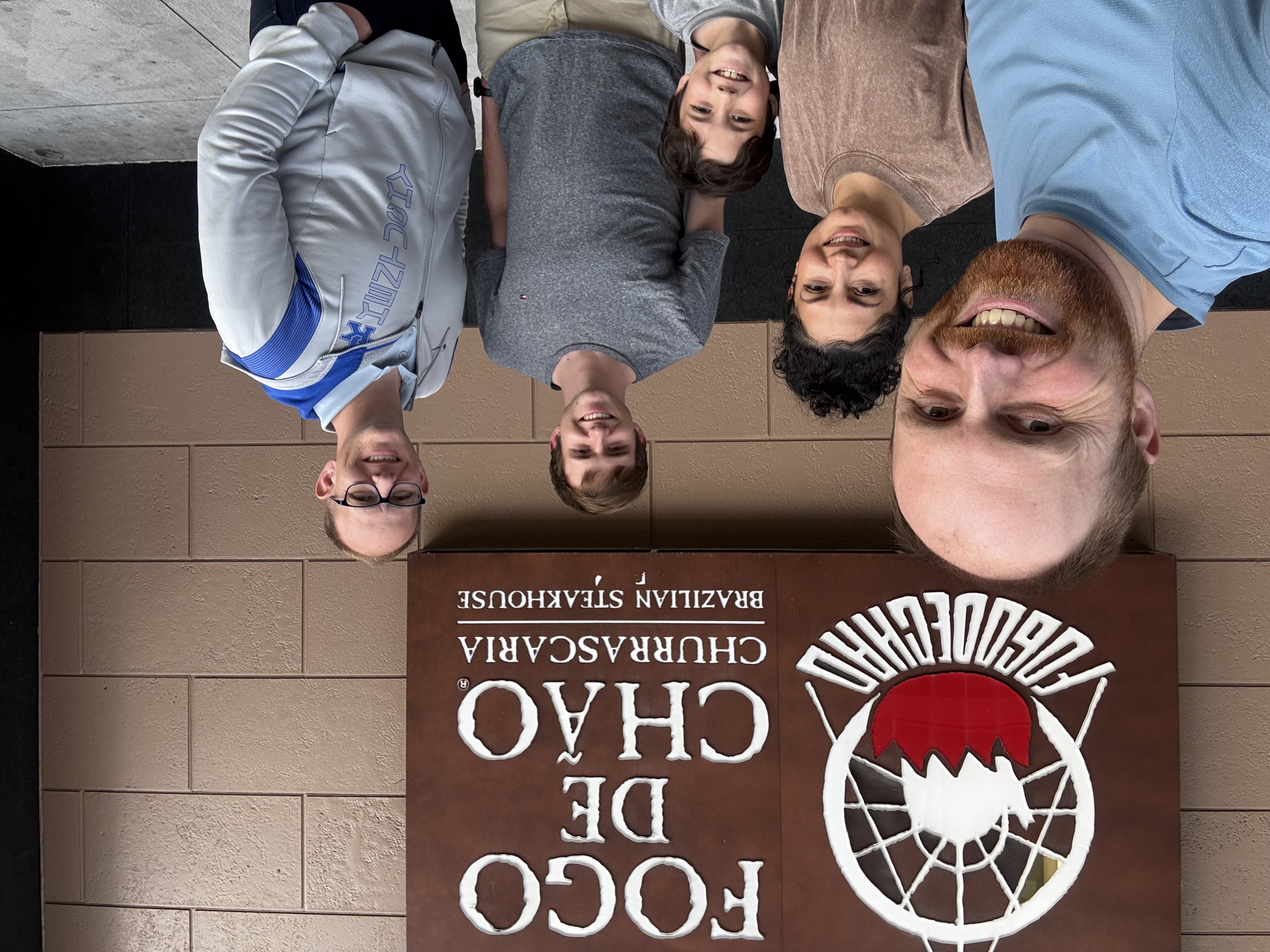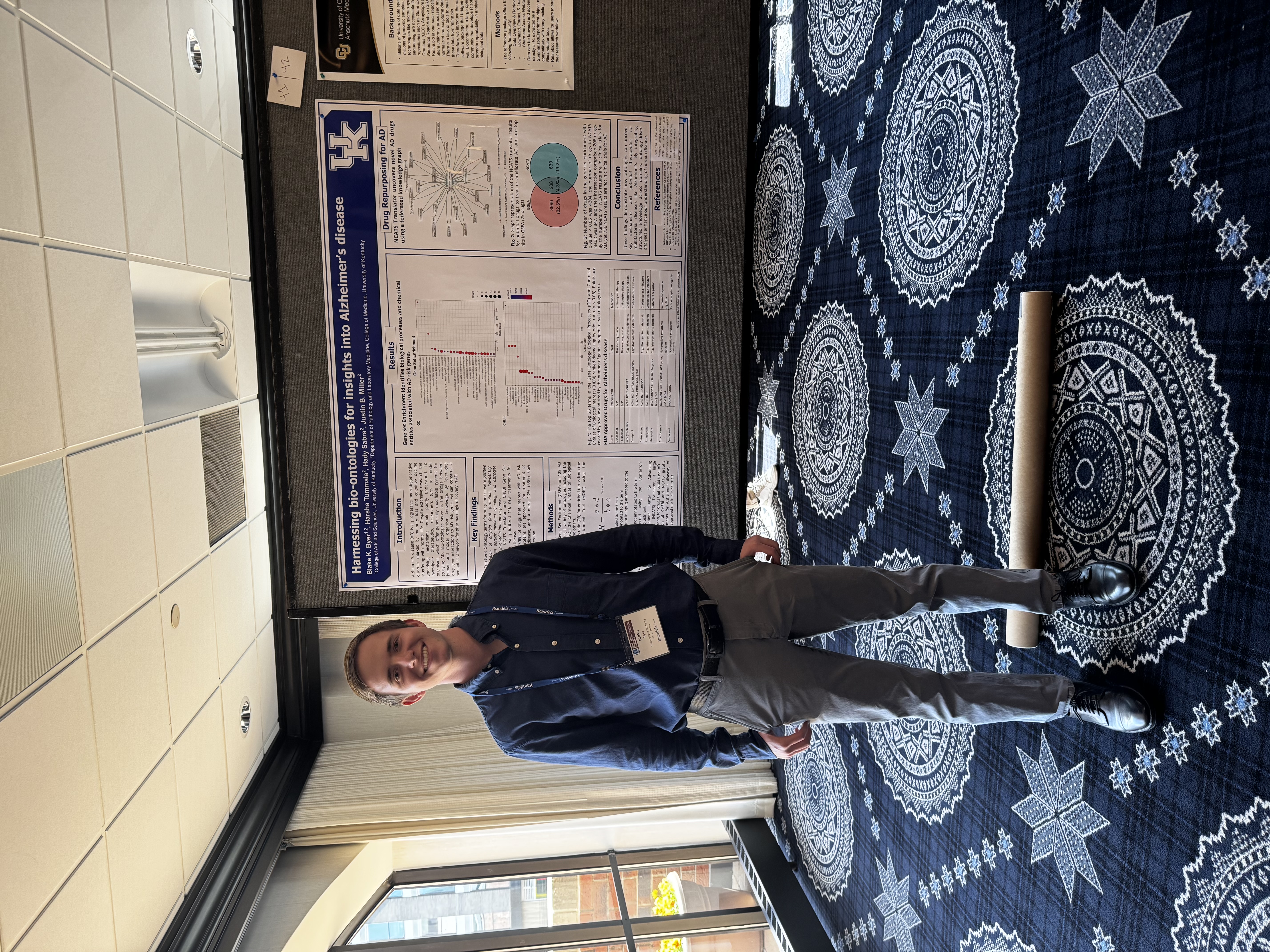GLBIO 2025
I spent last week in Minneapolis, Minnesota at the International Society for Computational Biology Great Lakes Bioinformatics Conference, aptly named GLBIO 2025. I presented a poster on Alzheimer’s disease drug repurposing using multi-ontology enrichment analysis, with an a priori gene set derived from AD GWAS. Using this method I prioritized approximately 100 FDA-approved repurposable drugs and I discovered that 7 out of 89 (8%) FDA-approved drugs interacting with AD risk genes are used to treat AD, suggesting ample repurposing opportunities!
Since this project was very brief, plenty of work needs to be done to improve the pipeline, incorporating molecular and pharmacokinetic simulations (TBD).
On Wednesday, May 14th, we went to Fogo de Chão, a brazilian steakhouse, in downtown Minneapolis. I ate way too much food and drank too much limeade!
To conclude the conference, my mentor Justin Miller and collaborator Mark Ebbert presented on our work benchmarking SegmentNT, a nucleotide transformer model. We showed there are several biases impacting model reliability, such as variable exonic probability depending on the nucleotide’s position in the input sequence (first, middle, last), as well as apparent cyclic oscillations every 24 n.t. in the output. These findings could be applicable to all nucleotide transformer models like DNABERT or HyenaDNA, perhaps due to 6-mer tokenization during training. Our preprint is out on bioRxiv and under review at Nucleic Acids Research.
I met lots of great people at GLBIO 2025. Shout out to Stephen, Amanda, Garrett, and Harrison all of BYU, and Dionizije and Mateo of Entropic! Science can bring people across the world together, from Provo, Utah to Zagreb, Croatia.


